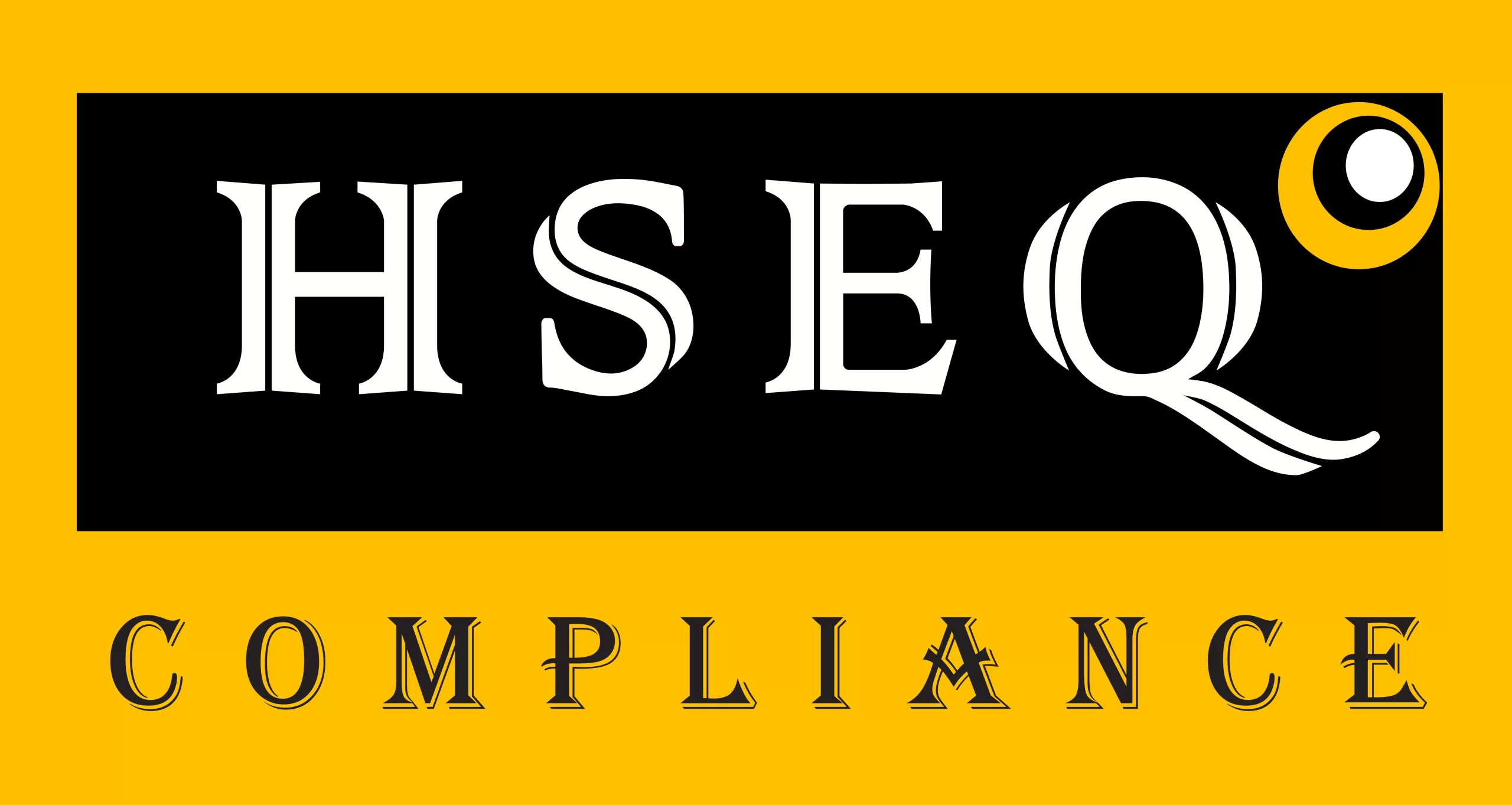In the realm of organizational management, the practice of conducting gap analysis holds significant importance. It serves as a strategic tool for assessing current performance, identifying areas for improvement, and aligning organizational objectives with desired outcomes. This comprehensive guide aims to explore the intricacies of gap analysis, from its fundamental principles to practical applications in various industries.
Why Choose Us:- HSEQ Compliance offers a comprehensive solution for compliance management needs, providing tools and features to streamline regulatory adherence.
Key Features:
- Regulatory Tracking: Real-time updates on regulatory changes.
- Document Management: Centralized storage and management of compliance documents.
- Task Automation: Automation of compliance tasks for streamlined workflow processes.
- Reporting and Analytics: Robust reporting and analytics capabilities for informed decision-making.
User-Friendly Interface:
- Intuitive navigation and customization options for a personalized user experience.
- Comprehensive training and support resources for users at all levels.
Scalability and Flexibility:
- Scalable architecture to accommodate organizational growth and changes.
- Integration capabilities with existing systems and tools.
- Extensive customization and configuration options to meet specific needs.
Compliance Expertise and Support:
- Backed by a team of compliance experts and dedicated support professionals.
- Ongoing support, updates, and continuous improvement to ensure optimal performance.
Understanding Gap Analysis:
Gap analysis, at its core, involves the comparison of an organization’s current state with its desired state, revealing discrepancies or “gaps” that need to be addressed. These gaps can manifest in different forms, including performance disparities, inefficiencies, strategic misalignments, or skill deficiencies. By recognizing and understanding these gaps, organizations can develop targeted strategies to bridge them and advance towards their goals. There are several types of gap analysis, each tailored to address specific aspects of organizational performance:
- Performance gap analysis focuses on evaluating the difference between actual performance and desired performance levels across key metrics or performance indicators.
- Efficiency gap analysis involves assessing the efficiency of processes, workflows, or resource utilization within an organization, with the aim of streamlining operations and reducing waste.
- Strategic gap analysis examines the misalignment between current strategies and overarching organizational goals, enabling decision-makers to realign their strategies to better reflect desired outcomes.
- Skills gap analysis identifies discrepancies between existing employee skill sets and the skills required to fulfill organizational objectives, facilitating targeted training and development initiatives. The benefits of conducting a gap analysis are manifold, including enhanced decision-making, improved resource allocation, increased operational efficiency, better risk management, and a clearer understanding of organizational strengths and weaknesses.
Preparing for a Gap Analysis:
Before embarking on a gap analysis journey, it is essential to lay the groundwork effectively. This involves several key steps:
- Setting clear objectives and goals ensures that the gap analysis remains focused and aligned with the organization’s strategic priorities.
- Identifying stakeholders involved in the process fosters collaboration, ensures buy-in, and gathers diverse perspectives throughout the analysis.
- Gathering relevant data and information from various sources provides the foundation for informed decision-making during the analysis.
- Selecting appropriate methodologies and tools based on the nature and scope of the analysis ensures that the chosen approach is effective and efficient.
Steps to Conducting a Gap Analysis:
The gap analysis process typically involves the following steps:
- Define the Current State:
- Assess the organization’s current performance, processes, and practices across relevant metrics or key performance indicators (KPIs).
- Gather data from various sources, such as financial reports, performance metrics, customer feedback, and internal audits, to gain insights into the organization’s current state.
- Define the Desired State:
- Clearly articulate the desired outcomes, goals, or objectives that the organization aims to achieve.
- Align the desired state with the organization’s strategic priorities, mission, and vision to ensure coherence and relevance.
- Identify the Gaps:
- Compare the current state with the desired state to identify discrepancies, deficiencies, or areas for improvement.
- Analyze performance metrics, benchmark against industry standards or best practices, and solicit input from stakeholders to identify gaps effectively.
- Analyze the Gaps:
- Dive deeper into the identified gaps to understand their underlying causes, root factors, and implications.
- Conduct root cause analysis, SWOT analysis, or other analytical techniques to gain insights into the drivers of performance gaps.
- Develop an Action Plan:
- Based on the analysis of identified gaps, develop a comprehensive action plan outlining specific steps, initiatives, and interventions to address the gaps and achieve desired outcomes.
- Prioritize actions based on their impact, feasibility, and alignment with organizational priorities and resources.
- Implement the Action Plan:
- Execute the action plan effectively, assigning responsibilities, allocating resources, and establishing timelines for implementation.
- Communicate the action plan to relevant stakeholders, provide training and support as needed, and monitor progress closely to ensure accountability and alignment.
- Monitor Progress and Adjust Strategies:
- Continuously monitor progress against established goals and objectives, tracking performance metrics, and milestones to assess the effectiveness of interventions.
- Identify challenges, barriers, or unforeseen circumstances that may impact progress and adjust strategies accordingly to stay on course towards achieving desired outcomes.
- Evaluate the Effectiveness of Gap Analysis Outcomes:
- Evaluate the effectiveness of gap analysis outcomes in terms of their impact on organizational performance, efficiency, and alignment with strategic objectives.
- Assess the extent to which gaps have been addressed, improvements have been realized, and lessons have been learned for future gap analysis initiatives.
Tools and Techniques for Gap Analysis:
Various tools and techniques can be utilized to conduct a gap analysis effectively:
- SWOT analysis: Assessing strengths, weaknesses, opportunities, and threats helps identify internal and external factors influencing organizational performance.
- Benchmarking: Comparing performance against industry standards or best practices highlights areas for improvement and sets performance targets.
- Surveys and questionnaires: Gathering feedback from stakeholders, customers, or employees provides valuable insights into perceptions, preferences, and areas for improvement.
- Interviews and focus groups: Engaging key stakeholders or subject matter experts through interviews and focus groups generates qualitative insights and perspectives.
- Data analysis techniques: Analyzing quantitative data using statistical analysis, trend analysis, or correlation analysis reveals patterns, trends, and insights guiding the gap analysis process.
Challenges and Considerations:
While conducting a gap analysis, organizations may encounter various challenges, including data availability, stakeholder engagement, and resistance to change. Overcoming these obstacles requires careful planning, effective communication, and a willingness to adapt. Ensuring the accuracy and reliability of findings is paramount, necessitating validation of data sources, methodologies, and assumptions used in the analysis.
- Regulatory Complexity: Compliance with regulations involves navigating a complex landscape of laws, standards, and requirements, which can vary across industries and jurisdictions. Keeping up with regulatory changes and interpreting their implications for the organization can be challenging and time-consuming.
- Resource Constraints: Compliance management requires dedicated resources, including personnel, time, and financial investment. Smaller organizations or those with limited resources may struggle to allocate sufficient resources to effectively manage compliance, leading to potential gaps or non-compliance.
- Data Privacy and Security: Compliance initiatives often involve handling sensitive data and information, such as personal or financial data. Ensuring the privacy and security of this data, while also complying with relevant data protection regulations, presents a significant challenge for organizations, particularly in the face of evolving cybersecurity threats.
- Cultural and Organizational Challenges: Implementing compliance initiatives may encounter resistance or lack of buy-in from employees, stakeholders, or organizational leadership. Overcoming cultural barriers, fostering a compliance-focused culture, and gaining organizational support are essential for successful compliance management.
- Technological Limitations: Legacy systems, outdated technology infrastructure, or lack of integration capabilities can hinder the effectiveness of compliance management efforts. Implementing modern, technology-enabled solutions may require overcoming technical challenges and investing in IT infrastructure upgrades.
- Globalization and Cross-Border Compliance: Organizations operating in multiple jurisdictions face the additional complexity of complying with diverse regulatory requirements across different regions. Ensuring consistency and alignment of compliance practices while accommodating local regulations and cultural differences presents a significant challenge for multinational corporations.
- Evolving Regulatory Landscape: Regulatory requirements are constantly evolving in response to changing industry trends, emerging risks, and geopolitical factors. Staying abreast of regulatory changes, anticipating future developments, and adapting compliance strategies accordingly require proactive monitoring and strategic planning.
Case Studies and Examples:
Real-world examples of successful gap analysis initiatives demonstrate its practical application and effectiveness across different industries and sectors. By examining case studies and examples, readers gain valuable insights, lessons learned, and best practices to inform their own gap analysis efforts.
Implementing Results and Monitoring Progress:
Developing and executing an action plan based on the findings of the gap analysis is crucial for achieving desired outcomes. Continuous monitoring of progress against established goals and action plans enables organizations to track performance, identify challenges, and adjust strategies as needed. Evaluating the effectiveness of gap analysis outcomes ensures that the process leads to tangible improvements in organizational performance and drives continuous improvement.
Conclusion:
In conclusion, conducting a gap analysis is a strategic imperative for organizations seeking to enhance their performance, efficiency, and competitiveness. By understanding the principles, methodologies, and tools of gap analysis, organizations can identify and address areas for improvement, align their strategies with desired outcomes, and drive sustainable growth and success.

